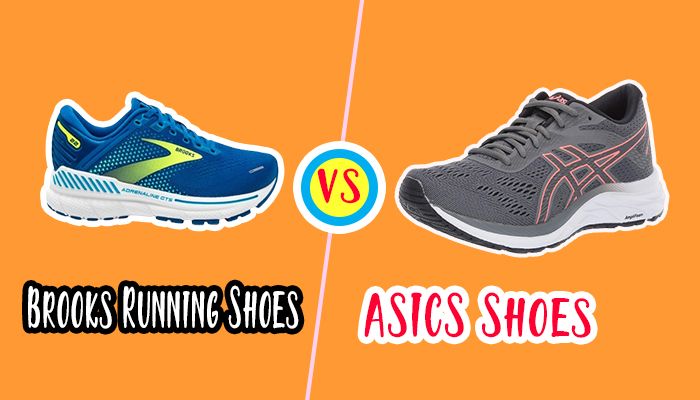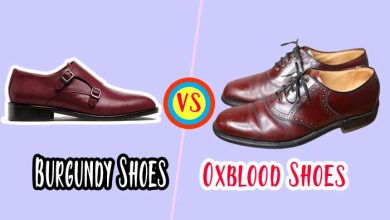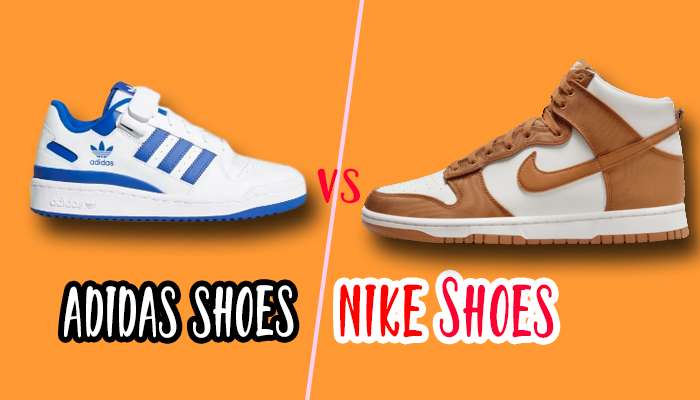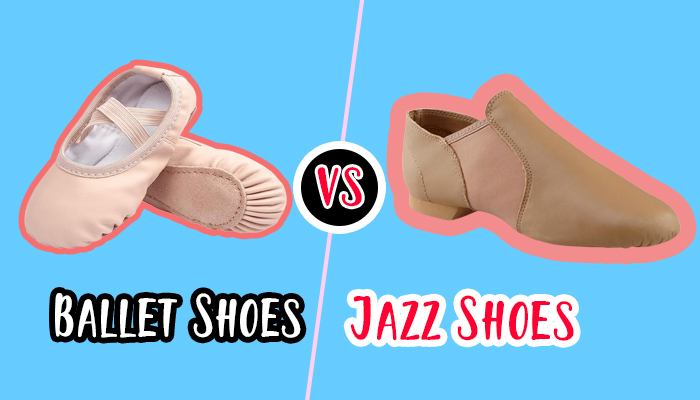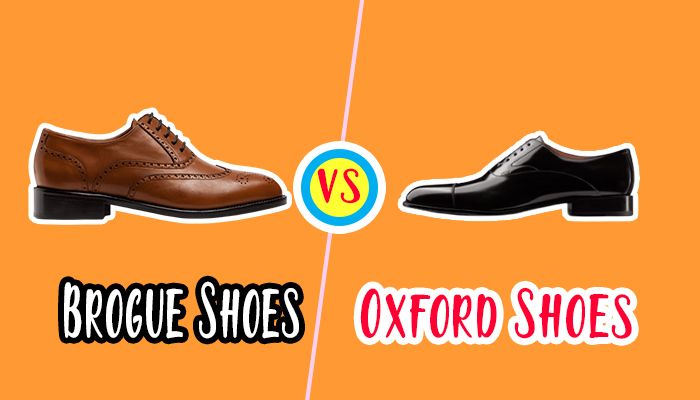Basketball Shoes VS Running Shoes | Choose The Best Shoes
In the world of sports and fitness, selecting the right footwear is crucial. For those passionate about staying active, choosing between basketball shoes and running shoes can be quite perplexing. As someone who has spent over three years wearing both types of shoes, I understand the importance of making an informed decision.
In this blog post, I aim to highlight the key differences between basketball and running shoes, helping you make the best choice for your needs.
Read Also: Altra Shoes VS Brooks Shoes
What Are Basketball Shoes?
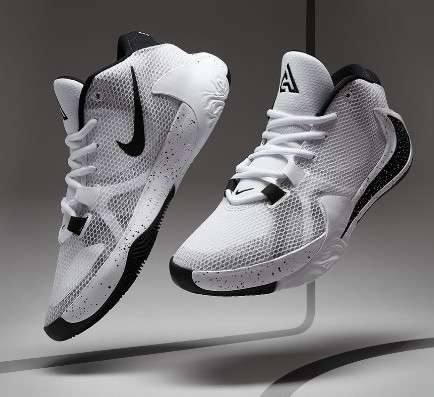
Basketball shoes are designed for the unique demands of the basketball court. They prioritize attributes like ankle support, traction, and lateral movement. These shoes often have a high-top design to provide stability and minimize the risk of ankle injuries.
Additionally, they feature excellent cushioning to absorb the impact of jumps and quick lateral movements.
What Are Running Shoes?
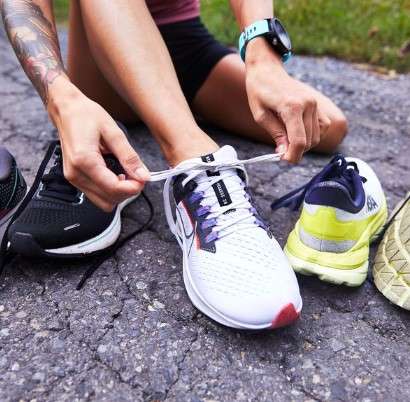
On the other hand, running shoes are specifically engineered for repetitive, linear running motions. They aim to maximize comfort, cushioning, and support while minimizing weight.
Running shoes usually have a low-top design for greater freedom of movement in the ankle, ideal for the forward motion of running. They offer superior shock absorption to reduce the stress on your joints.
Now that we have a basic understanding let’s delve deeper into the key differences and considerations when choosing between basketball shoes and running shoes.
Read Also: Balenciaga Shoes VS Skechers Shoes
Basketball Shoes vs Running Shoes: Key Differences
1. Design and Ankle Support
- Basketball Shoes: These shoes typically have a high-top design extending above the ankle. This design provides exceptional ankle support, which is crucial for quick direction changes, jumps, and lateral movements on the basketball court.
- Running Shoes: Running shoes have a low-top design, allowing for a wider range of motion in the ankle. While this offers less ankle support than basketball shoes, it is well-suited for the repetitive, forward motion of running.
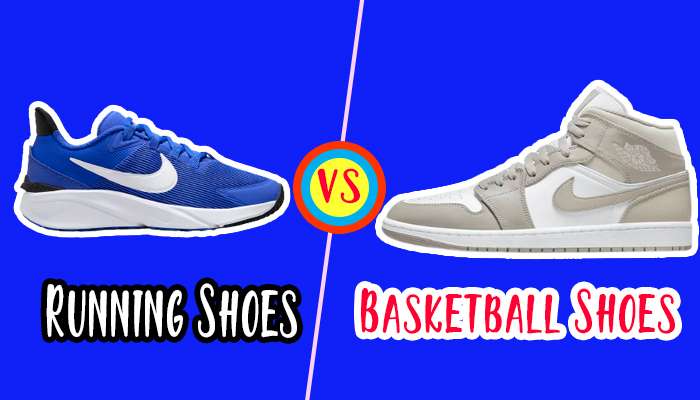
2. Cushioning
- Basketball Shoes: High-quality cushioning is a hallmark of basketball shoes. They are engineered to absorb the impact of landing after jumps and provide extra comfort during intense physical activity on the court.
- Running Shoes: Running shoes also prioritise cushioning, but the focus is on shock absorption during the heel-to-toe motion of running. This minimizes the impact on your feet and legs, making them ideal for long-distance running.
3. Traction
- Basketball Shoes: Traction is a top priority for basketball shoes. The outsoles are designed with herringbone or multidirectional patterns to offer a firm grip on the court’s wooden surface, allowing for quick lateral movements without slipping.
- Running Shoes: Running shoes have a different type of outsole, typically designed for smooth or slightly irregular surfaces. They may not provide the same level of traction as basketball shoes, as they are not intended for abrupt stops and direction changes.
If you are also confused about Basketball and Tennis Shoes then read my guide- Basketball Shoes vs Tennis Shoes.
4. Weight
- Basketball Shoes: Basketball shoes tend to be heavier due to their additional support features, such as ankle support and cushioning. While this weight can stabilise the court, it might be less suitable for long-distance running.
- Running Shoes: Running shoes are generally lighter to reduce the strain on your leg muscles during extended runs. The lightweight design enhances the efficiency of your running gait.
5. Breathability
- Basketball Shoes: Breathability is often overlooked in basketball shoes, but it can be essential during a high-intensity game. Some models are designed with breathable materials to keep your feet cool.
- Running Shoes: Running shoes are typically designed with breathability in mind. They feature mesh uppers that allow air circulation, helping to keep your feet dry and comfortable during long runs.
| Feature | Basketball Shoes | Running Shoes |
|---|---|---|
| Purpose | Support and stability for quick movements and jumps | Cushioning and forward motion for long-distance running |
| Design | High-top or mid-top, stiff upper, thick sole | Low-top or mid-top, flexible upper, thin sole |
| Cushioning | High impact cushioning to protect feet and ankles | Moderate impact cushioning to provide comfort during long runs |
| Support | Ankle straps, arch support, and torsional rigidity to prevent injuries | Minimal arch support and flexibility to allow for natural movement |
| Traction | Herringbone or other aggressive tread patterns for quick stops and cuts | Waffle or other lugged tread patterns for traction on various surfaces |
| Weight | Heavier for stability and support | Lighter for speed and comfort |
| Price | More expensive due to more complex construction | Less expensive due to simpler construction |
| Examples | Nike Air Force 1, Adidas Superstar, Jordan Retro | Nike Pegasus, Brooks Ghost, Saucony Kinvara |
Consider Your Activity
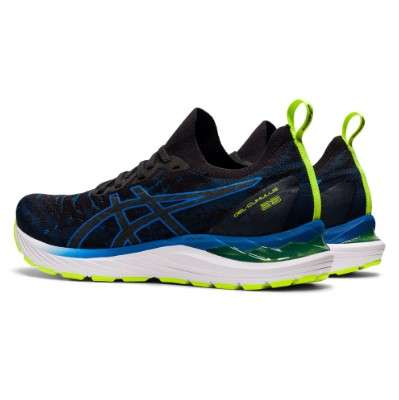
When deciding between basketball shoes and running shoes, consider the primary activity you’ll be engaged in. Here are some practical recommendations based on your fitness goals:
Read Also: Adidas Shoes vs Nike Shoes
- Choose Basketball Shoes If:
- You actively play basketball or engage in similar sports.
- Ankle support and lateral movement are crucial for your sport.
- You need shoes for indoor court activities.
- Choose Running Shoes If:
- You’re a dedicated runner or prefer cardio workouts.
- You need comfortable, lightweight shoes for long-distance running.
- Your activities involve mainly forward motion on even terrain.
The Verdict
The choice between basketball shoes and running shoes boils down to the specific demands of your chosen physical activity. Each type of shoe is meticulously designed to excel in its respective domain.
Now, it’s over to you. What’s your take on this topic? Do you have any personal experiences or insights to share? Feel free to leave your comments, and let’s keep the discussion going.
Reference Link
For further insights on choosing the best shoes for your needs, check out this comprehensive guide from Runner’s World: Runner’s World – How to Choose the Right Running Shoes?
